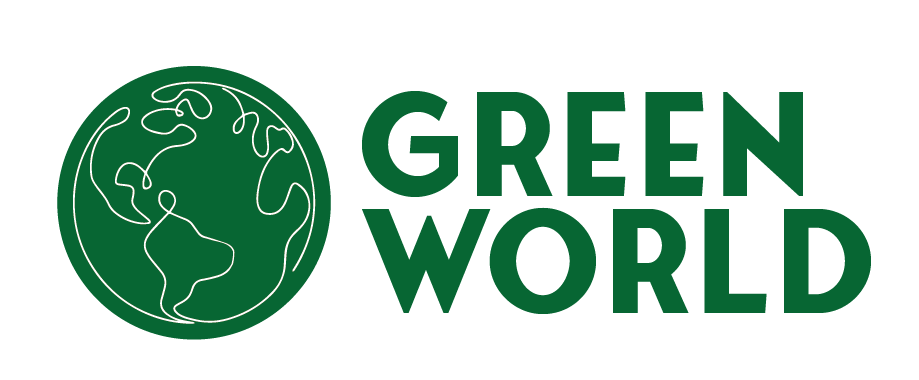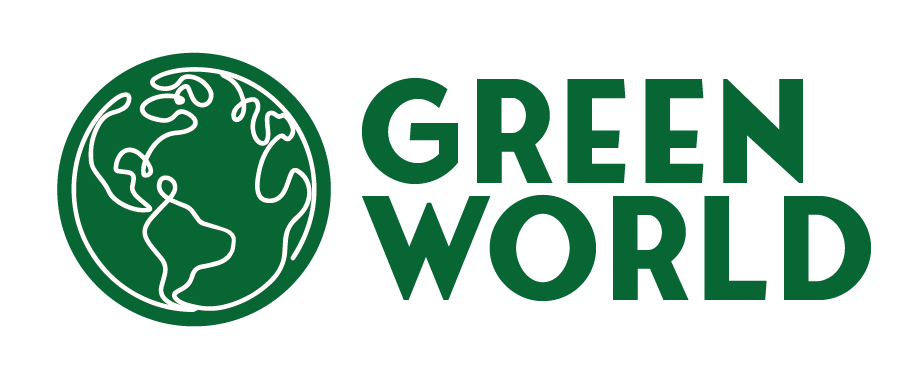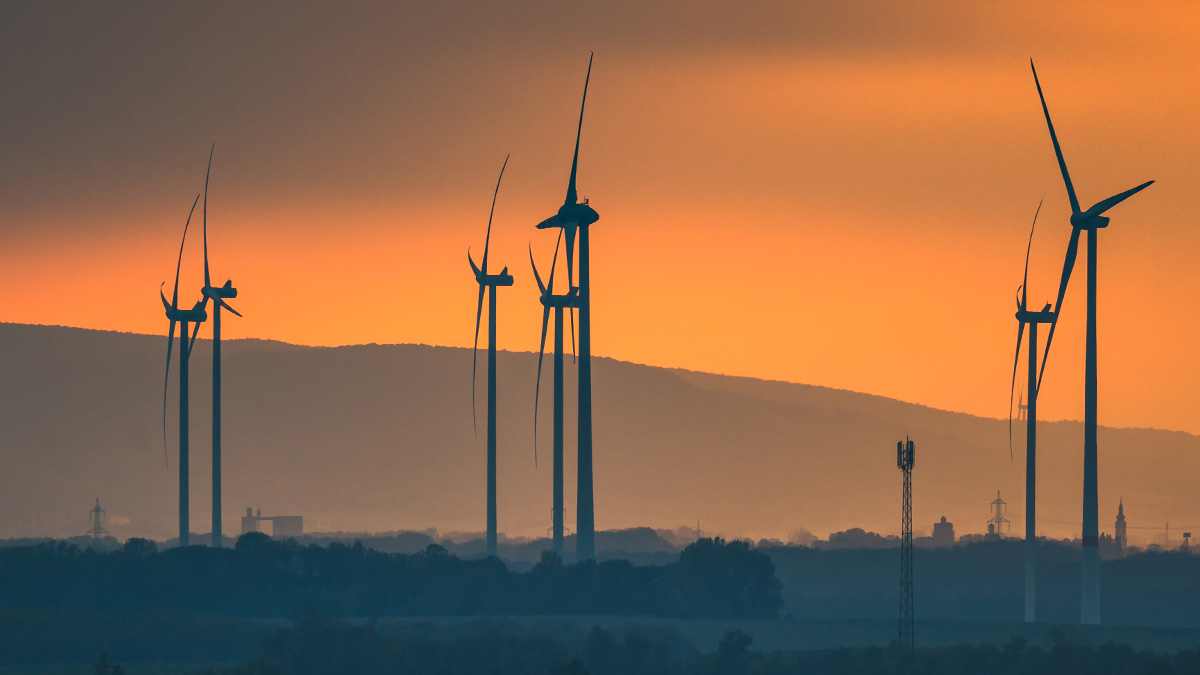Wind energy currently supplies 20% of Europe’s electricity, showcasing its pivotal role in the continent’s energy transition. However, Europe is not building wind farms fast enough to meet its ambitious 2030 targets. The EU added just 13 GW of new wind capacity in 2023, far short of the 30 GW annual target necessary to achieve its climate and energy goals. Addressing three critical challenges—permitting, grid connections, and electrification—will be essential to closing this gap.
Despite increasing auctions for wind farm projects, Europe’s progress is hindered by a lack of government action in key areas. Resolving these bottlenecks is imperative to ensure the region remains on track for its energy objectives, which include increasing wind’s share of electricity from 19% today to 34% by 2030 and over 50% by 2050.
2024 Sees Modest Growth, But Still Below Target
Preliminary estimates from WindEurope show that Europe built 15 GW of new wind capacity in 2024, including 13 GW onshore and 2.3 GW offshore. Of this, the EU contributed 13 GW—11.4 GW onshore and 1.4 GW offshore. While these figures represent progress, they fall far below the 30 GW annual build-out required to meet Europe’s climate and energy ambitions.
Giles Dickson, CEO of WindEurope, emphasized the urgency: “Europe is not building enough new wind farms. For three main reasons: governments are not fully applying the EU permitting rules, grid connections are delayed, and electrification is progressing too slowly. Tackling these issues is crucial. More wind means cheaper power and increased competitiveness.”
Permitting Delays Hamper Expansion
The slow implementation of new EU permitting rules remains a significant barrier to wind energy growth. While these rules include binding deadlines and prioritize the public interest, many governments have failed to adopt them into national law. In 2024, permitting delays worsened across much of Europe, frustrating developers and slowing progress.
Germany stands out as a rare success story, having permitted nearly 15 GW of new onshore wind projects in 2024—a record and a sevenfold increase compared to five years ago. This success highlights the effectiveness of the EU’s permitting measures when properly implemented. Governments across Europe must follow Germany’s example to unlock the full potential of wind energy.
Grid Bottlenecks Threaten Deployment
Access to electricity grids has become the primary obstacle to deploying wind energy. Over 500 GW of potential wind projects are stuck in grid connection queues, awaiting assessments. Additionally, Europe is failing to expand its grid infrastructure quickly enough to keep pace with renewable energy growth.
A striking example of this challenge is the 900 MW Borkum Riffgrund 3 offshore wind farm in Germany, which has been fully installed but will not be connected to the grid until 2026 due to delays by the Transmission System Operator. Such delays not only waste resources but also undermine investor confidence.
Slow Electrification Limits Demand
Electrification is another weak link in Europe’s energy transition. Currently, just 23% of the energy consumed in the EU is electricity. This share needs to rise to 61% by 2050 to achieve climate neutrality. However, progress in electrifying sectors like transportation, heating, and industry remains sluggish.
In response, European Commission President Ursula von der Leyen has tasked Energy Commissioner Dan Jørgensen with developing an Electrification Action Plan. Rapid implementation of this plan will be critical to boosting demand for renewable electricity, including wind power.
Record Auction Awards Signal Hope for the Future
Despite the challenges, Europe’s governments awarded a record 37 GW of new wind capacity in auctions in 2024, including 29 GW within the EU. While these awards lay the groundwork for future growth, they will only translate into substantial new capacity if the permitting, grid, and electrification issues are addressed.
Investments Show Mixed Results
Europe saw an estimated €31 billion in wind energy investments in 2024, financing 19 GW of new capacity. While robust onshore investments (€24 billion) drove most of this growth, offshore investments lagged significantly compared to 2023. Developers continue to face challenges in securing final investment decisions for offshore projects, further complicating the expansion of wind energy.
Corporate Demand for Wind Energy Grows
Corporate appetite for wind energy remains strong, as businesses increasingly recognize the economic and environmental benefits of sourcing renewable electricity. In 2024, wind accounted for 50% of all electricity contracted under new Power Purchase Agreements (PPAs) in Europe. Of the 12 GW of renewable PPAs signed, 4 GW were dedicated to wind energy—demonstrating its critical role in meeting corporate sustainability goals.
Urgent Action Required
Europe’s path to meeting its 2030 energy and climate goals depends on swift and coordinated action. Governments must implement EU permitting rules, expand grid infrastructure, and accelerate electrification across all sectors. Without these measures, Europe risks falling further behind in its renewable energy transition.
The stakes are clear: more wind energy means cleaner, cheaper power and a stronger, more competitive Europe. The time to act is now.



